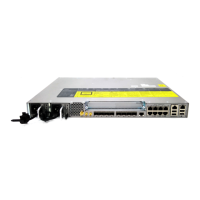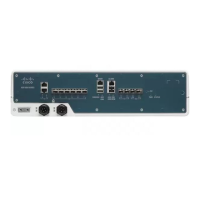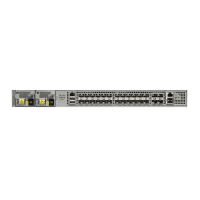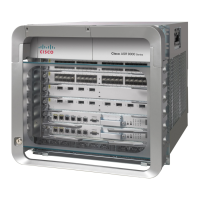•
A P2MP tunnel consists of one or more sub-LSPs. All sub-LSPs belonging to the same P2MP tunnel
employ the same constraints, protection policies, and so on, which are configured at the headend router.
Figure 1: Basic P2MP TE Tunnels
P2MP TE tunnels build on the features that exist in basic point-to-point TE tunnels. The P2MP TE tunnels
have the following characteristics:
•
There is one source (headend) but more than one destination (tailend).
•
They are unidirectional.
•
They are explicitly routed.
•
Multiple sub-LSPs connect the headend router to various tailend routers.
The figure below shows a P2MP TE tunnel that has three destinations.
•
PE1 is the headend router.
•
P01 is a branch point router, where packet replication occurs.
•
PE2, PE3, and PE4 are tailend routers, where the sub-LSP ends.
Between the PE and CE routers, PIM is enabled to exchange multicast routing information with the directly
connected customer edge (CE) routers. PIM is not enabled across the P2MP TE tunnel.
MPLS Traffic Engineering Path Calculation and Setup Configuration Guide, Cisco IOS XE Release 3S (Cisco
ASR 920 Series)
12
MPLS Point-to-Multipoint Traffic Engineering
MPLS Point-to-Multipoint Traffic Engineering Overview

